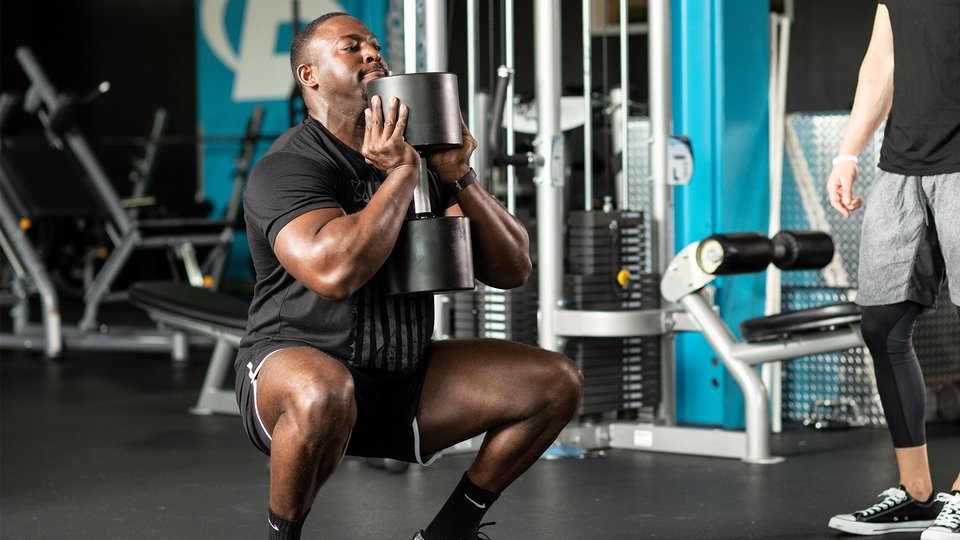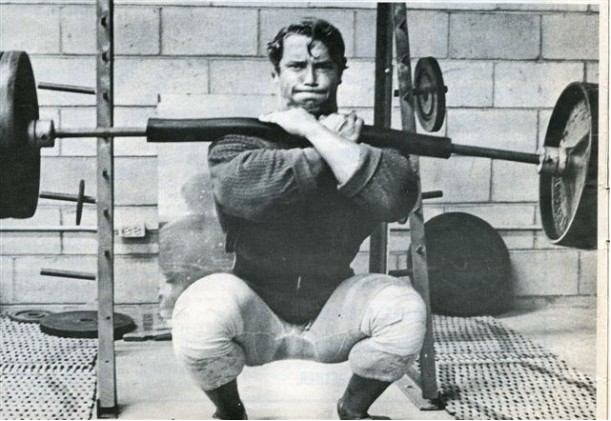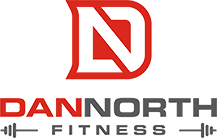Front squats, while great for building a solid set of trunks, demand a high degree of wrist mobility. This leaves many neglecting the lift due to the unwanted joint stress often associated with the lift.
Not to worry, you’ve got your pick of the litter when it comes to wrist-friendly alternatives to the front squat. Here are three you can try.
1. Goblet Squat
Invented by Dan John, the goblet squat is the perfect teaching tool to reinforce proper squat mechanics. Not only is this a great starting point to lead to more advanced squat progressions down the road, it’s a worthy part of any lifter’s arsenal given the scalability of the exercise. Further, it really is a full-body lift that incorporates the arms, core, and legs into one motion.

You can use a dumbbell, kettlebell, med ball, hell…you can pretty much use anything you can hold in a front rack. Regardless of the tool, focus on keeping a proud chest with the weight held close to your body.
2. “Bodybuilder” Front Squats
A classic. While the Olympic weightlifters may scoff, it’s nonetheless an effective way to eliminate any potential wrist ramifications during the front squat. And at the end of the day, who really gives a shit how you hold the barbell? If you’re not a competitive weightlifter, you don’t need to (and shouldn’t) force your body into pain-inducing positions.

When setting up, be sure to have the bar rested on your shoulders/collarbone so you’re able to use your torso as a “shelf”. You should essentially be able to un-rack the bar with your arms extended straight in front of you without actually holding the barbell (think Frankenstein). From there, simply cross your arms while keeping your elbows at roughly shoulder-height and place your hands on top of the bar for better stabilization.
3. Landmine Front Squat
Landmine squats are similar to dumbbell floor presses in that they’re awkward as hell to set up if you don’t have a spotter. This variation should save you the embarrassment.
You can always “clean” the weight up from the floor to get into a front rack position, but at a certain point the weight may get too heavy to do so. Here’s a nifty alternative for you to try out.
Ideally, the box will be the same height as your squat depth. Too high and you won’t achieve optimal depth. Too low and it makes for an awkward (and potentially dangerous) set up.
Since you’re starting at the bottom of your squat here it’s important create as much tension as possible before lifting the weight. You’ll probably find the first rep the hardest since you’re starting from the bottom and don’t have any stretch reflex to drive back up from the eccentric (lowering) phase.
All in all, a great squat for you to add to your arsenal.





